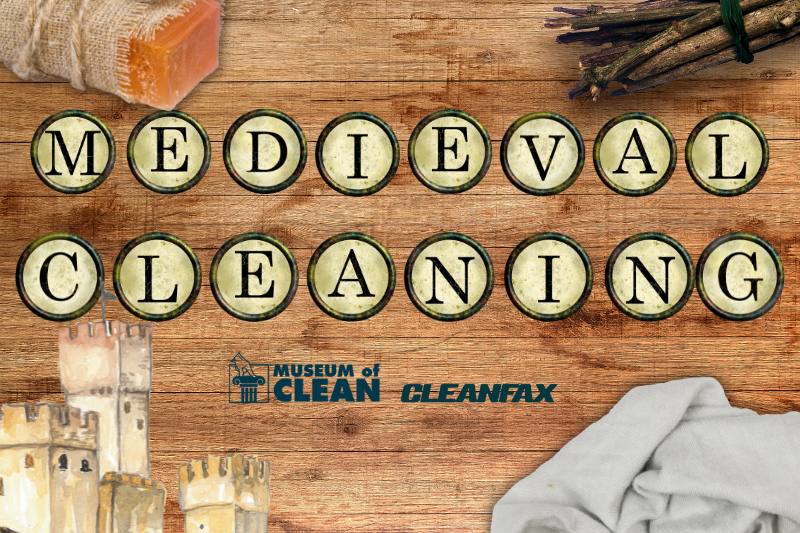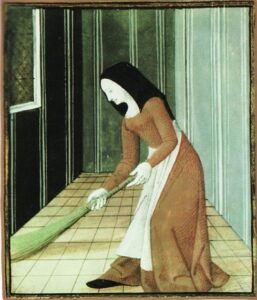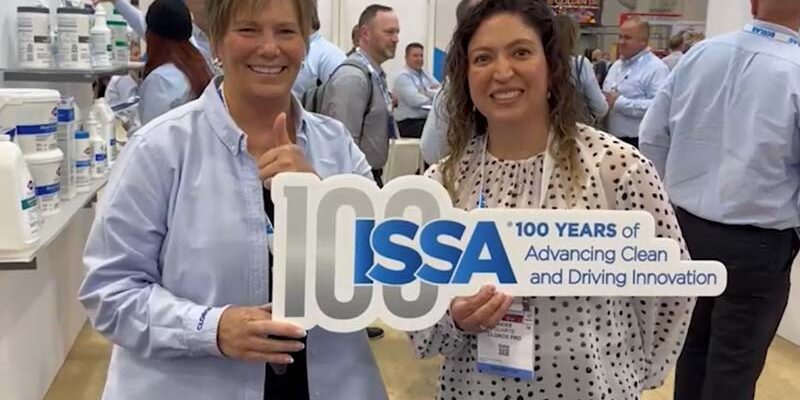Medieval Cleaning: Hardly Hygienic

For our next edition of The Origins of Clean brought to you by Cleanfax in partnership with The Museum of Clean, it’s time we talk about the cleaning and hygiene methods of medieval times. And, while they’re certainly not at the level they are now, it’s fascinating to see the progression of cleaning even from the beginning of cleaning to this era in our history as human beings.
A Medieval clean wasn’t half bad
Cleaning and hygiene practices in medieval times were quite different from what we have today. In the Middle Ages, cleanliness was not considered to be as important as it is today and people often lived in unsanitary conditions. Despite this, there were some cleaning and hygiene practices that were followed to prevent the spread of disease and keep communities healthy.
One of the most important cleaning practices in medieval times was washing. Bathing was not as common as it is today and was often reserved for special occasions. People would usually wash their hands and face regularly, but full-body bathing was not a daily occurrence. Instead, people would take a weekly bath in a communal bathhouse or wash in a nearby river. These bathhouses were also used for socializing and were a place to meet and gossip.
Another important cleaning practice was laundry. People in the Middle Ages would wash their clothes regularly and hang them outside to dry. They used soap made from ashes and animal fat to wash their clothes and would beat the dirt out of them with sticks. Laundry was done in a large wooden tub, often near a river or stream, to make the washing and rinsing process easier.
Overcoming Medieval cleaning challenges
One of the biggest challenges in medieval times was dealing with human waste. Most people lived in small villages and did not have indoor toilets, so they used outdoor privies or chamber pots. These were often emptied into nearby rivers or streams, which was a significant source of contamination. To combat this, some cities introduced regulations requiring privies to be cleaned regularly and disposed of properly.
Food and water were also a concern in medieval times. People would store food in cool, dark places to prevent spoilage, and would also use vinegar, salt, and spices to preserve food for more extended periods. Water was often contaminated with animal waste and other pollutants, so people would boil water before drinking it. This was done to kill any harmful bacteria or parasites that may have been present in the water.
Another hygiene practice in medieval times was the use of perfumes and fragrances. People used these to mask unpleasant odors and were also believed to have medicinal properties. They would apply perfumes to their skin and clothing, and also burn scented candles and incense to purify the air.
Finally, one of the most important cleaning practices in medieval times was the use of fire. The fire was used to heat homes and buildings, as well as to cook food. It was also used to sterilize and disinfect, especially during outbreaks of disease. People would use fire to purify their homes and to burn anything that was contaminated with disease.
In conclusion, cleaning and hygiene practices in medieval times were quite different from what we have today. Despite the lack of modern technology, people were still able to maintain a basic level of cleanliness and prevent the spread of disease. These practices were often simple and straightforward but were still effective in keeping communities healthy. Today, we can learn from the wisdom and practicality of medieval cleaning and hygiene practices, and use this knowledge to improve our own practices and maintain a healthy lifestyle.
As cleaning and restoration professionals, many of their rudimentary methods can still be seen in more modern forms today. However, the ability to combat illness and prevent infection through sanitation and deep cleaning with chemicals is one of the main reasons why modern cleaning methods are so much more effective and have helped us to eliminate some of the most deadly diseases and illnesses from their time.
To learn more about The Origins of Clean, check out the Museum of Clean and stay tuned for next month where we cover cleaning in the 17th Century!














